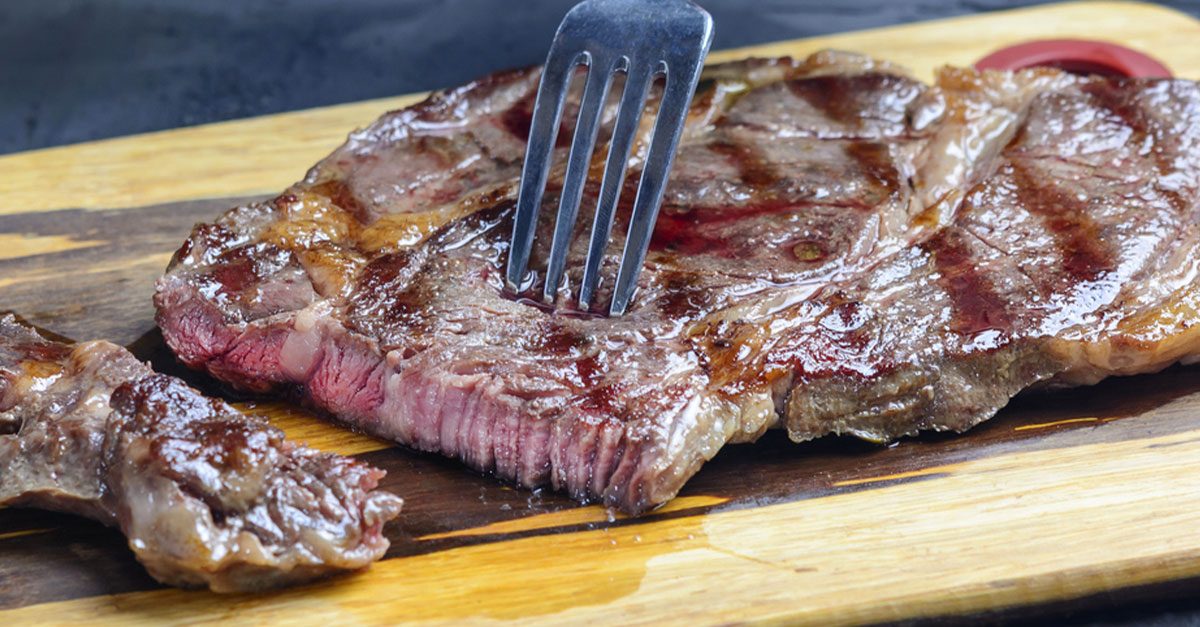Is Pumpkin Skin Safe For Consumption? Here’s What You Need To Know
Pumpkins are not only great for halloween decor, they make great meals too. Pumpkins like Hokkaido, winter squash and butternut squash are very delicious as well as nutritious. Sadly, many people don’t eat pumpkin skins thinking it is inedible. This is wrong and there are quite a number of pumpkin variants that have edible skins.
;)
Pumpkins are food that are usually served in fall. They are produced locally and are useful for preparing various seasonal dishes. Unfortunately, it can be tedious to prepare them for cooking especially if the recipe urges you to get rid of the rinds and skin.
Good news is some pumpkin skins can be eaten. Some of them include the butternut pumpkin skin and the Hokkaido pumpkin skin. Majority of pumpkins are harvested in the late summer and early fall but because they keep for long periods, they can be found in early spring at a farmer’s market.
The Hokkaido pumpkin is the most common variant people cook followed closely by the butternut squash however sometimes, you can come across the bigger muscat squash in stores or supermarkets.
The above named variants can be used to make different dishes but the other unnamed ones can also make great dishes even if they are not as diverse.
Can Pumpkin Skin Be Eaten?

Virtually all pumpkin skins are edible but some are too tough, they take too long to soften while being cooked which means the flesh will get ready a long time before the skin. This is why it is recommended that you remove the rind of some varieties before preparing them.
The following variants don’t have skins that are too tough so if you wish to cook them with the flesh, there won’t be adverse effects.
- Hokkaido: These are also known as red kuri squash and are very easy to cook and store. They have grown in popularity because of how easy it is to cook them, their flavor, and small size. The hokkaido skin is edible and can be left on it while cooking, roasting, or even frying it.
- Butternut Squash: Like the hokkaido, these are also very popular and easily accessible. It has a pale pinkish-yellow skin and looks like a pear while its insides have a lighter orange color with a buttery taste. If you wish to roast the butternut squash, it is better to remove the skin because it takes a long time to soften. If you wish to use this for soup, you can leave the skin on.
Enjoy!
;Resize,width=767;)
;Resize,width=712;)
;Resize,width=712;)
;Resize,width=712;)
